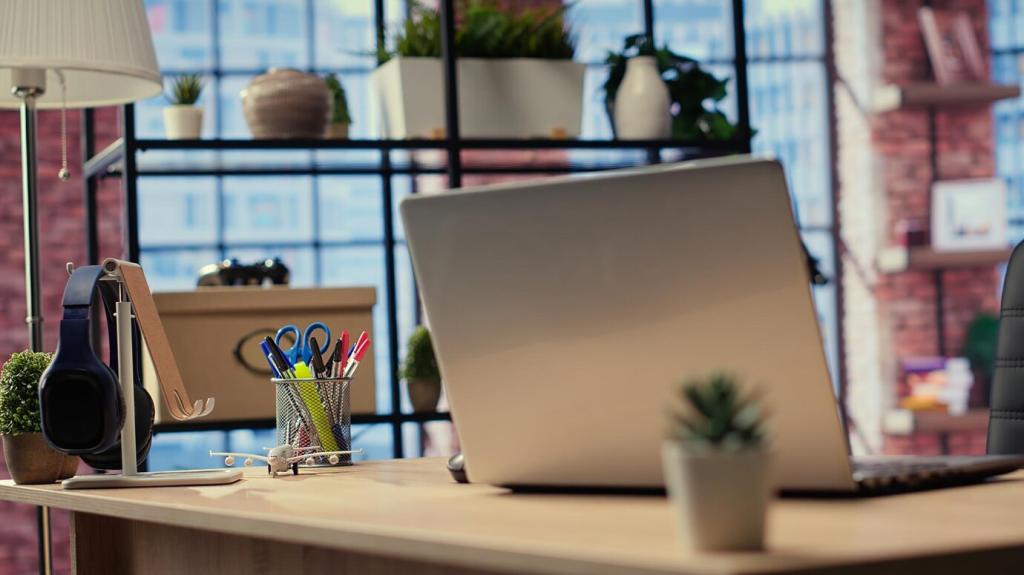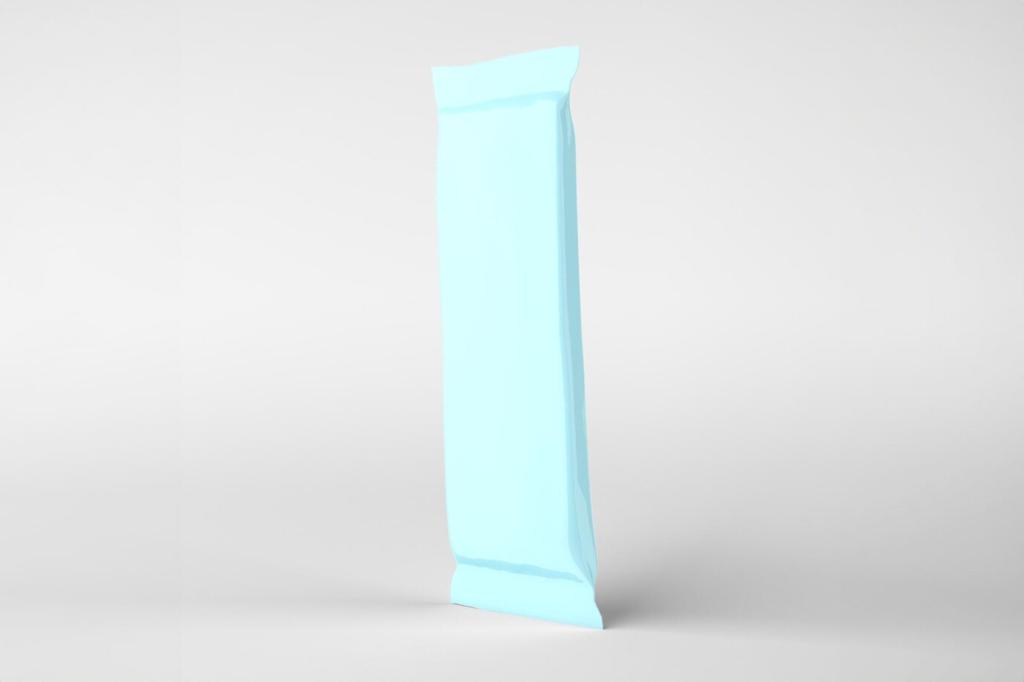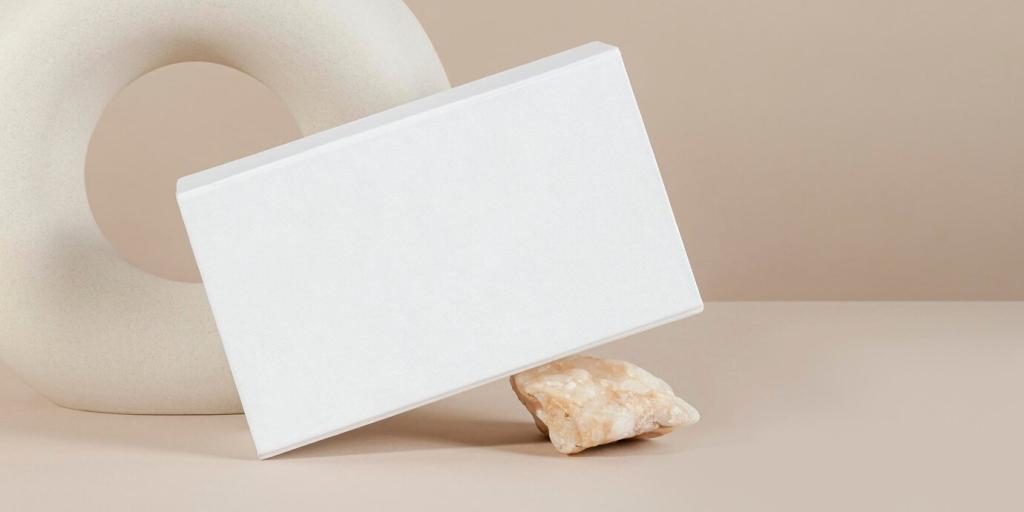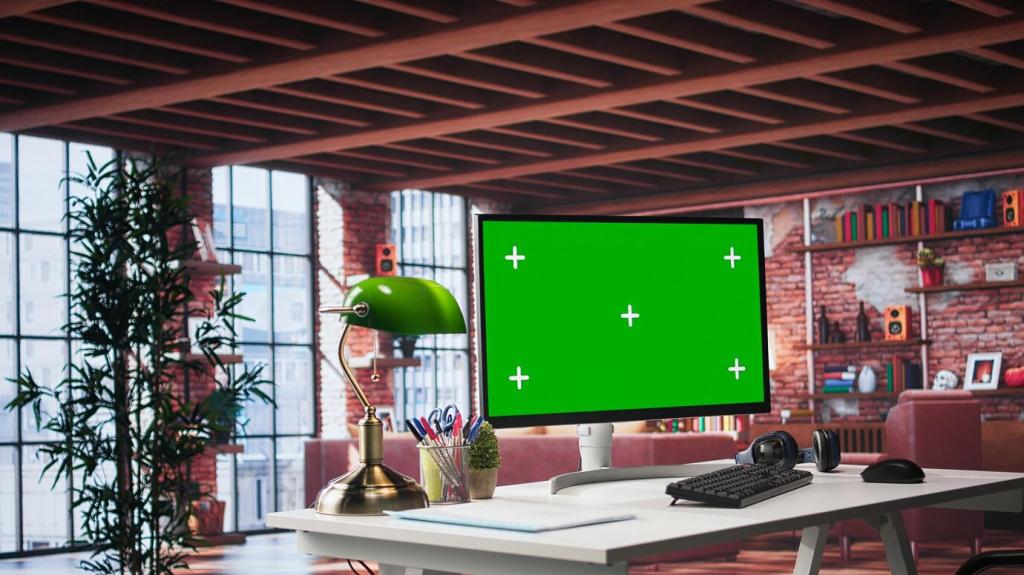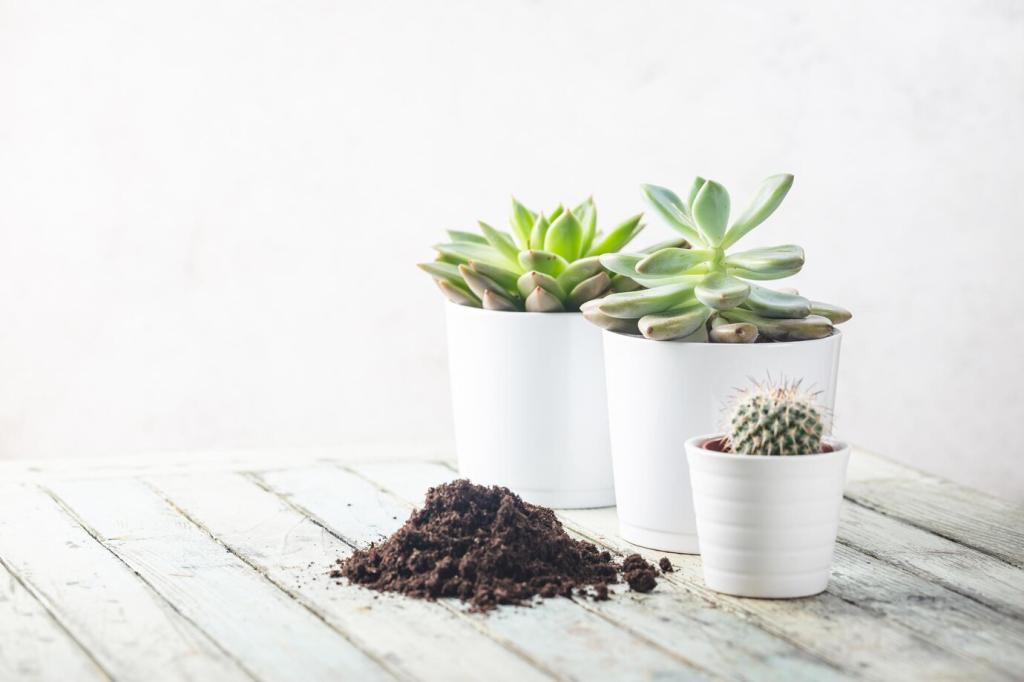Layout and Flow: Making Space Work Harder
Picture morning coffee to front door, bed to closet, sofa to kitchen. Keep these routes unobstructed. If you bump a corner twice, the layout is wrong, not you. Rotate, float, or remove a piece until walking feels instinctively smooth again.
Layout and Flow: Making Space Work Harder
Use a single rug to unite the seating zone, then give it air. A low coffee table anchors conversation without closing space. Wall-mounted lighting frees tables. Try one grounded piece per zone, and let everything else feel lightly perched, not heavy.

